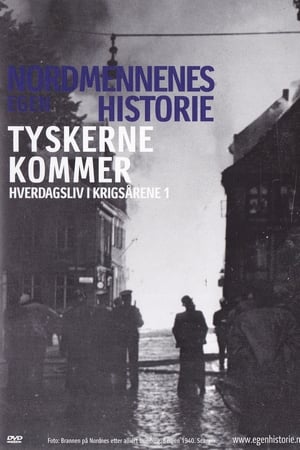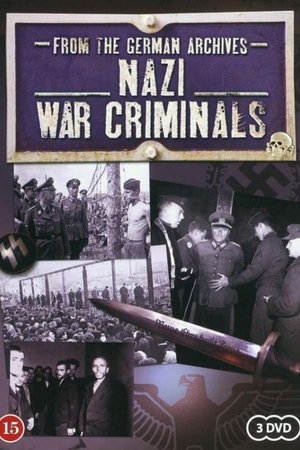
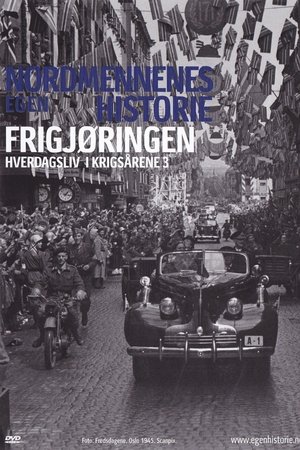
Nordmennenes Egen Historie - Frigjøringen(2006)
Movie: Nordmennenes Egen Historie - Frigjøringen

Nordmennenes Egen Historie - Frigjøringen
HomePage
Overview
Release Date
2006-01-01
Average
8
Rating:
4.0 startsTagline
Genres
Languages:
NorskKeywords
Recommendations Movies
 6.0
6.0Praktikum - Der Film(de)
The female protagonist finally makes it to get a job as an intern. But after a while working at this weird company, she finds out the criminal site of it and learns to be a criminal herself.
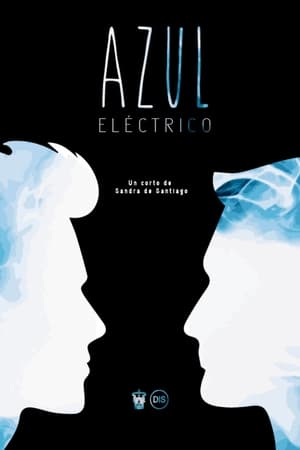 6.0
6.0Electric Blue(es)
Carlos and Roque, two high school friends, play on the same soccer team. After an unexpected rapprochement between the two, Carlos doubts about his sexuality, rejects Roque's friendship and forces him to keep quiet. From this moment on, Carlos faces the difficult circumstance of making a decision whether or not to save his friendship.
 6.5
6.5Bach - A Christmas Miracle(de)
Leipzig, December 1734: Christmas brings the Bach family together. The first snow has fallen and the children Gottfried and Elisabeth are delighted about the arrival of their older brothers Friedemann and Emanuel. The Thomaskantor has retired to his music room. Anna Magdalena supports her husband, as there are only a few days left and his latest work, the six-part "Christmas Oratorio", must be finished on time. It is awaited with suspicion by the city council and the gentlemen of the consistory, who have long found Bach's waywardness a thorn in their side and fear that, after the premiere of the St. Matthew Passion a few years earlier, the St. Thomas Church will once again be filled with "operatic" music. With the oratorio, Johann Sebastian Bach hopes that he will finally become court composer in Dresden. And, as always, he demands that all members of the family join forces to help him. But differences of opinion are increasingly delaying the completion of Bach's most famous work.
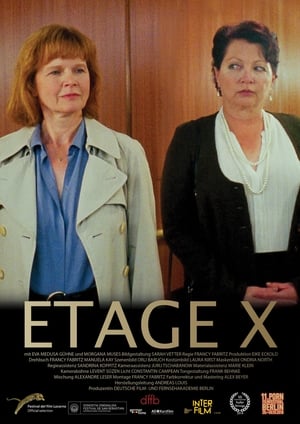 2.9
2.9Floor X(de)
An accidental meeting in an elevator at a department store leads two older women to their limits and forces them to improvise by the time the elevator gets stuck.
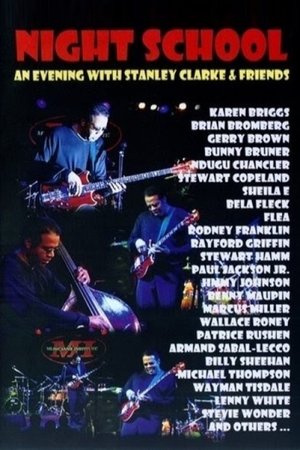 9.0
9.0Night School: An Evening with Stanley Clarke & Friends(en)
Bass virtuoso Stanley Clarke, the performer, composer, bandleader who rose to prominence in the 1970s and single-handedly brought the electric bass to the forefront of jazz, R&B, funk and beyond, presents the 90-minute DVD Night School, which chronicles the third annual Stanley Clarke Scholarship Concert, recorded at Musicians Institute in Hollywood, CA, in October 2002. With guest performances by Stevie Wonder, Wallace Roney, Bela Fleck, Sheila E., Stewart Copeland, Flea, Wayman Tisdale, Marcus Miller and more, Night School captures performances that range from straight-ahead jazz to full-tilt rock fusion to twenty-two-piece string arrangements - all on one stage, all in a single night!
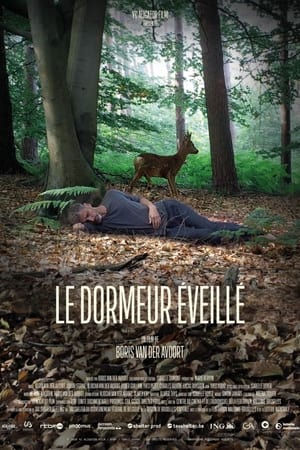 8.0
8.0The Wakeful Sleeper(fr)
B., a film-maker and insomniac, decides to rescue his hours of insomnia from the void by filming his quest for sleep. The insomniac asks questions about these different states of consciousness and about the difficulties humans have in synchronising their social rhythms and biological ones.
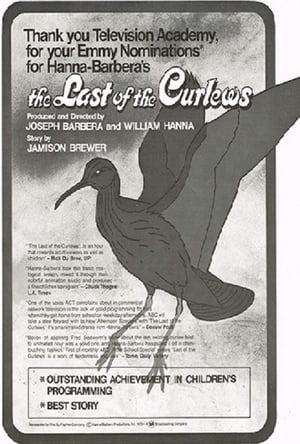 8.7
8.7The Last of the Curlews(en)
After being hunted to near-extinction, the last male Eskimo curlew searches for a mate while making the annual migration from the arctic tundra to the nesting grounds in Argentina.
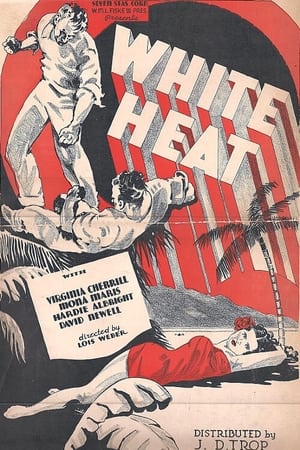 4.5
4.5White Heat(en)
In this melodrama filmed on location in Hawaii, a sugar plantation manager finds himself falling in love with a native girl, but instead of committing to her, he marries a socially prominent young woman from San Francisco. The spoiled girl does not easily adapt to the rigors of plantation life and she gets terribly bored. She is just about to give in to the romantic overtures of a persistent native when her former lover shows up. The husband gets jealous and is about to attack him when the wife sets fire to the cane field. The husband's native lover saves him from death. Afterward, his wife leaves to be with her old flame, and the manager is free to be with the woman he's loved all along.
 5.0
5.0Dis Koue Kos, Skat(af)
When Clara Brand discovers that her husband is cheating on her with her friend and colleague, she plots her revenge, all the while juggling new friendships, new romances and the rediscovery of her passion for food.
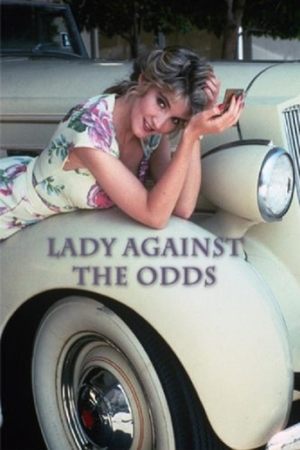 10.0
10.0Lady Against the Odds(en)
A private detective becomes involved in a new cast when her partner's guardian is murdered.
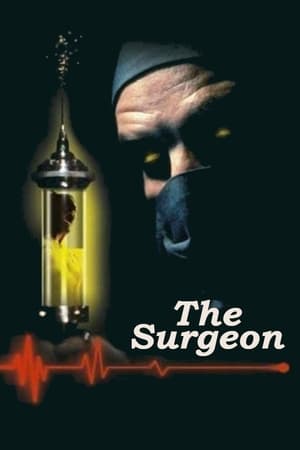 5.4
5.4The Surgeon(en)
Dr. Julian Mater is suspended and gets his license revoked for performing experiments on dying patients in cellular regeneration. A couple of years later, he returns to the hospital that condemned his work to begin practicing his grizzly experiments once more.
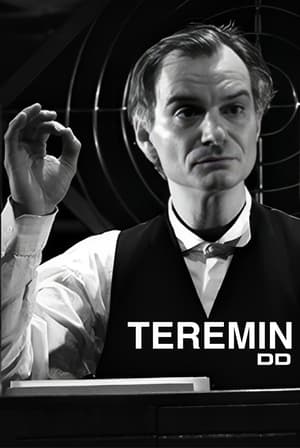 3.5
3.5Teremin(cs)
Lev Sergeyevich Theremin was a pioneering Russian inventor whose eponymous instrument, the thereminvox, revolutionized electronic music; between 1928 and 1938 he enjoyed triumphs in America - sold-out concerts, mass production of his instrument, and high society acclaim - before the Wall Street crash, personal upheavals, and waning fame led to his enigmatic 1938 return to the USSR. Against all expectations, after surviving Stalin’s notorious Magadan labor camp, he resumed work for Soviet secret services and lived on until 1993, passing away at the age of 97.
Similar Movies
 6.1
6.1The Case of Bruno Lüdke(de)
The incredible story of Bruno Lüdke (1908-44), the alleged worst mass murderer in German criminal history; or actually, a story of forged files and fake news that takes place during the darkest years of the Third Reich, when the principles of criminal justice, subjected to the yoke of a totalitarian system that is beginning to collapse, mean absolutely nothing.
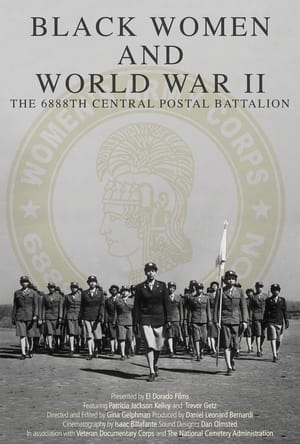 0.0
0.0Black Women and World War II: The 6888th Central Postal Directory Battalion(en)
In the midst of World War II, the 6888th Central Postal Directory Battalion, an all-female African-American unit, undertook the monumental task of sorting and delivering a massive backlog of mail for the U.S. military. Despite facing deplorable working conditions and the pervasive dual discrimination of race and gender, these women served their country with unbreakable determination and pride. Led by the formidable Major Charity Adams, they not only achieved their mission in half the expected time but also broke barriers, standing firm against inequality and inspiring future generations. Tragically overlooked for years, the story of the 6888th sheds light on a remarkable, untold chapter of American history, reflecting both the triumphs and injustices that shaped the nation's path towards civil rights. Their courage and resilience continue to resonate, a poignant reminder of the societal strides still needed to fully recognize and honor their invaluable contribution.
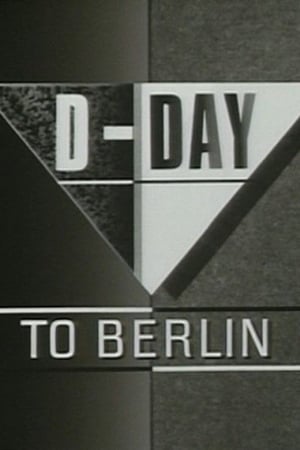 7.5
7.5D-Day to Berlin: A Newsnight Special(en)
George Stevens's remarkable film is acclaimed by historians as the most important colour footage taken during the war. Milestones covered include the liberation of Paris, the link-up between the Russian and American armies on the River Elbe and the Allied capture of the Dachau concentration camp.
 6.9
6.9Olympia: Part One – Festival of the Nations(de)
Commissioned to make a propaganda film about the 1936 Olympic Games in Germany, director Leni Riefenstahl created a celebration of the human form. This first half of her two-part film opens with a renowned introduction that compares modern Olympians to classical Greek heroes, then goes on to provide thrilling in-the-moment coverage of some of the games' most celebrated moments, including African-American athlete Jesse Owens winning a then-unprecedented four gold medals.
 6.7
6.7Olympia: Part Two – Festival of Beauty(de)
Commissioned to make a propaganda film about the 1936 Olympic Games in Germany, director Leni Riefenstahl created a celebration of the human form. Where the two-part epic's first half, Festival of the Nations, focused on the international aspects of the 1936 Olympic Games held in Berlin, part two, The Festival of Beauty, concentrates on individual athletes such as equestrians, gymnasts, and swimmers, climaxing with American Glenn Morris' performance in the decathalon and the games' majestic closing ceremonies.
 8.2
8.2Night and Fog(fr)
Filmmaker Alain Resnais documents the atrocities behind the walls of Hitler's concentration camps.
 6.0
6.0Attack! The Battle for New Britain(en)
Actual footage by the United States Signal Corps of the landing and attack on Arawe Beach, Cape Glouster, New Britain island in 1943 in the South Pacific theatre of World War Two, and the handicaps of the wild jungle in addition to the Japanese snipers and pill-box emplacements.
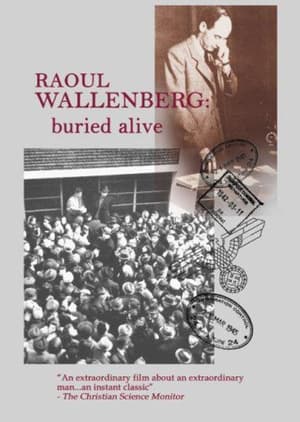 0.0
0.0Raoul Wallenberg: Buried Alive(en)
A profile of Swedish diplomat Raoul Wallenberg, the film covers his role in saving the lives of Jewish refugees from the Holocaust, as well as exploring the evidence that he may still have been alive in a Soviet gulag as late as the early 1980s.
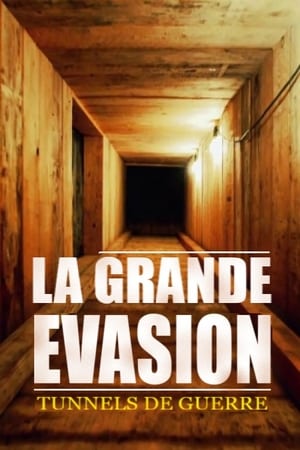 8.5
8.5The Great Escape(fr)
On March 24, 1944, in the heart of Nazi Germany, 76 British, Canadian, Norwegian and French pilots who were held in Stalag Luft III, a prison camp of the Luftwaffe, escaped. Unique testimony from the last survivors, recreations and today’s digital images sheds new light on the audacious escape.
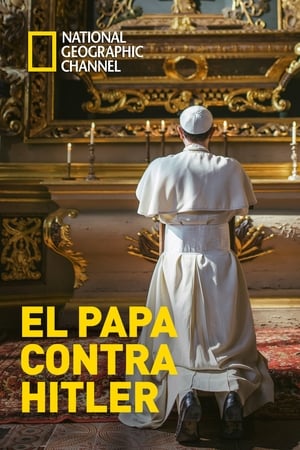 6.0
6.0Pope Vs. Hitler(en)
In the darkest days of World War II, St. Peter's was shrouded in the shadow of the swastika. But even as the Führer surrounded him, the Pope was plotting a secret counter-offensive. Wartime Pontiff Pius XII has been derided for his public silence about the Holocaust. But evidence suggests his silence may have been subterfuge.
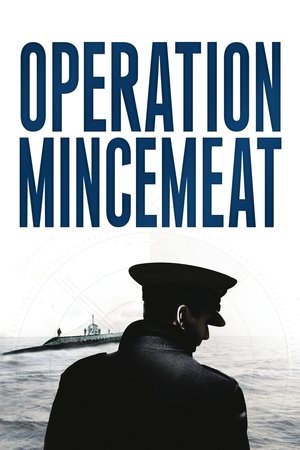 8.0
8.0Operation Mincemeat(en)
Documentary detailing the successful Operation Mincemeat in 1943, which led to the Allies successfully invading Sicily and the war turning in their favour.
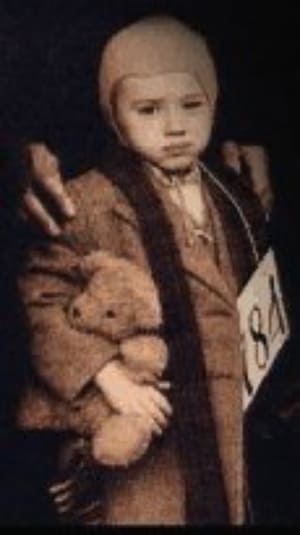 5.0
5.0The Children Who Cheated the Nazis(en)
A documentary about the decisions parents made in evacuating their children out of harm's way (the Nazis), and being forced to stay behind, the parents realize that this may possibly be the last time they will see their loved ones.
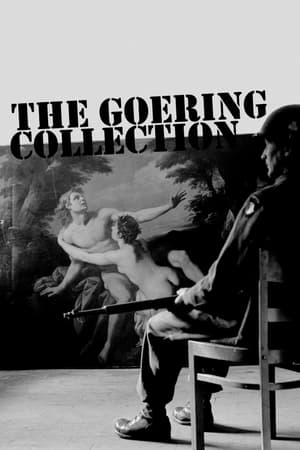 7.3
7.3Goering's Catalogue: A Collection of Art and Blood(fr)
For more than a decade, Reichsmarschall Hermann Goering, Adolf Hitler's right-hand man during the infamous Third Reich, assembled a collection of thousands of works of art that were meticulously catalogued.
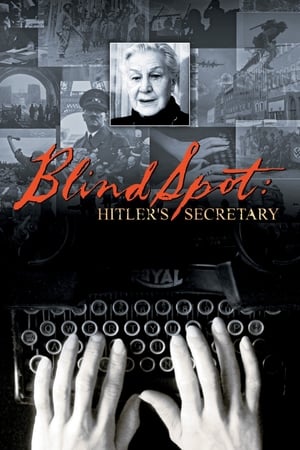 6.4
6.4Blind Spot: Hitler's Secretary(de)
Documentarians Andre Heller and Othmar Schmiderer turn their camera on 81-year-old Traudl Junge, who served as Adolf Hitler's secretary from 1942 to 1945, and allow her to speak about her experiences. Junge sheds light on life in the Third Reich and the days leading up to Hitler's death in the famed bunker, where Junge recorded Hitler's last will and testament. Her gripping account is nothing short of mesmerizing.
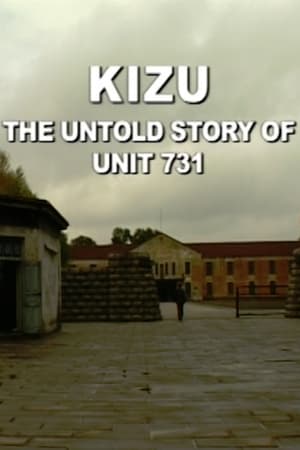 6.7
6.7Kizu: The Untold Story of Unit 731(fr)
Documentary about Japan's Unit 731 of World War II.
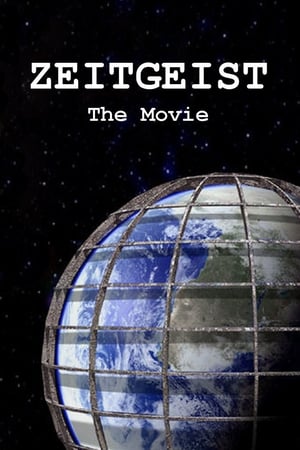 7.0
7.0Zeitgeist(en)
A documentary examining possible historical and modern conspiracies surrounding Christianity, the 9/11 terrorist attacks, and the Federal Reserve bank.
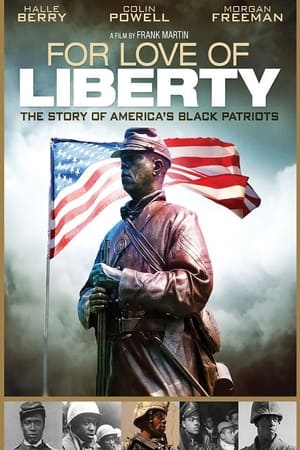 7.0
7.0For Love of Liberty: The Story of America's Black Patriots(en)
This High Definition, PBS miniseries uses letters, diaries, speeches, journalistic accounts, historical text and military records to document and acknowledge the sacrifices and accomplishments of African-American service men and women since the earliest days of the republic.
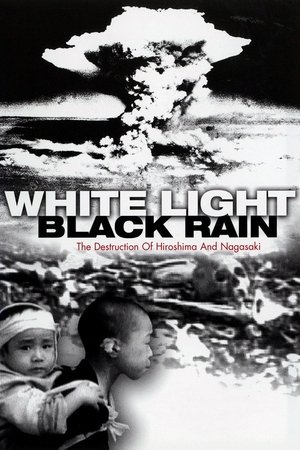 7.5
7.5White Light/Black Rain: The Destruction of Hiroshima and Nagasaki(en)
Steven Okazaki presents a deeply moving look at the painful legacy of the first -- and hopefully last -- uses of nuclear weapons in war. Featuring interviews with fourteen atomic bomb survivors - many who have never spoken publicly before - and four Americans intimately involved in the bombings, White Light/Black Rain provides a detailed exploration of the bombings and their aftermath.
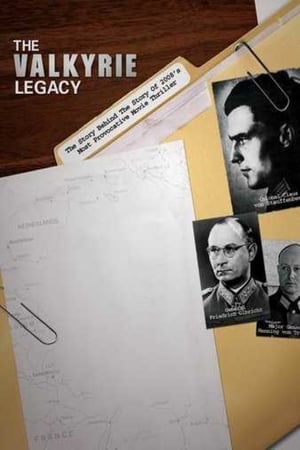 6.0
6.0The Valkyrie Legacy(en)
Created as a companion documentary to the film "Valkyrie," this documentary details the true story behind the plot to assassinate Adolph Hitler.
